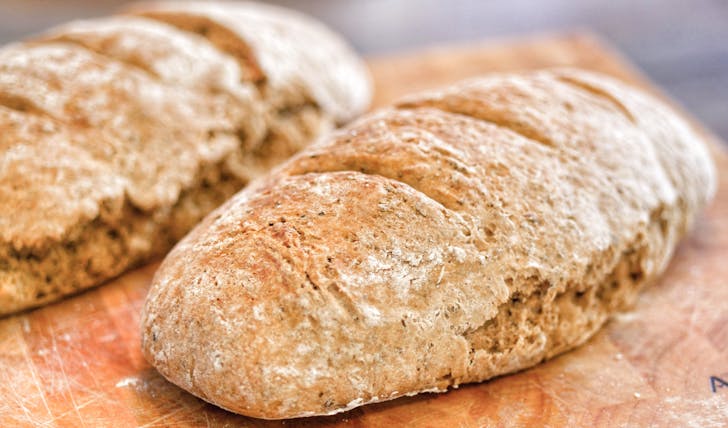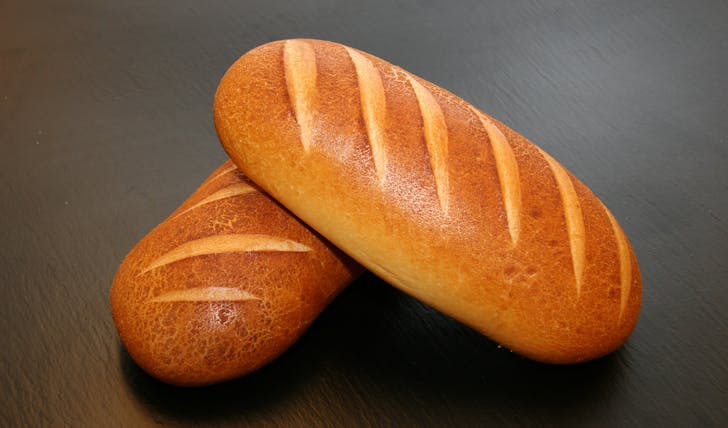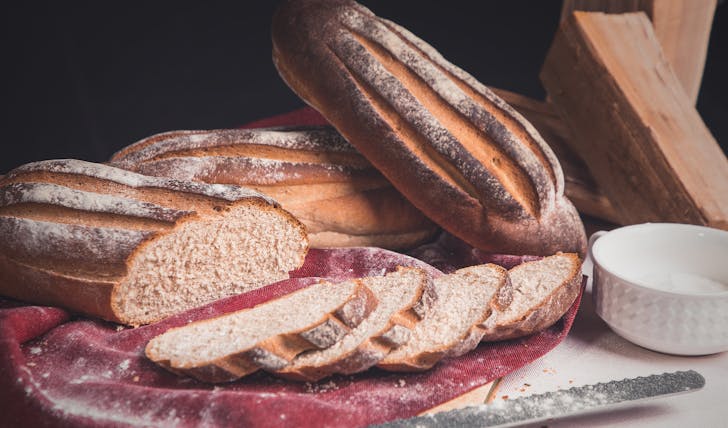What Bread Is Healthy?
Whole grain bread tops our list for good reasons. Unlike refined grains, whole grains include all parts of the grain – bran, germ, and endosperm – offering a richer nutritional profile. Whole grain bread is a powerhouse of dietary fiber. In turn, this helps in digestion and maintaining a healthy heart.

It also boasts a variety of vitamins and minerals, including B vitamins, iron, magnesium, and selenium. When choosing whole grain bread, make sure the label says “100% whole grain” to reap all its health benefits.
Sprouted Bread
Often made from whole grains that have begun to sprout, sprouted bread is becoming increasingly popular. This process of sprouting enhances the bioavailability of nutrients found in the grains, meaning your body can absorb more of these nutrients. Sprouted bread is particularly high in protein and fiber, both essential for a healthy diet.
Likewise, it also contains fewer antinutrients, which can interfere with mineral absorption, making it a great option for those looking to boost their nutrient intake.
Rye Bread
Next up: Rye bread is another excellent choice for health-conscious individuals. Known for its dense, rich flavor, rye bread is made from rye grain, which provides a higher fiber content than most white bread. The fiber in rye bread helps you feel full longer, aiding in weight management.

Apart from that, rye can help improve blood sugar control, making it a wise option for people with diabetes. It is also packed with nutrients like magnesium, which supports muscle and nerve function.
Sourdough Bread
Sourdough bread has a unique place in the bread world thanks to its natural fermentation process. This process not only gives sourdough its distinctive tangy flavor but also makes it more digestible than other breads.
The fermentation helps break down gluten, which can be beneficial for people with mild gluten sensitivities (though not for those with celiac disease). Plus, sourdough has a lower glycemic index, which means it has a lesser impact on blood sugar levels.
Seeded Bread
This yummy bread includes a variety of seeds, such as sunflower, flax, sesame, and pumpkin seeds, which are added to the dough before baking. These seeds contribute additional healthy fats, proteins, vitamins, and minerals to the bread, enhancing its nutritional profile.

The presence of seeds also adds a satisfying crunch and flavor. Opting for seeded bread can be a fantastic way to increase your intake of healthy fats and fiber.
Gluten-Free Bread
Lastly, gluten-free bread is a crucial inclusion for those who are intolerant to gluten or have celiac disease. Gluten-free bread is made from alternative grains such as rice, almond, and coconut flour instead of wheat.
While it is essential for those with specific health conditions, it is important to choose gluten-free bread that is fortified with vitamins and minerals, as these can sometimes be lacking in gluten-free options.
So, what bread is healthy? The answer varies depending on your dietary needs and health goals. But the six options we have explored here provide a great starting point. By trying these options, you are making a healthier choice. Remember to read labels carefully, look for minimal additives, and consider your personal health requirements when selecting your bread.
